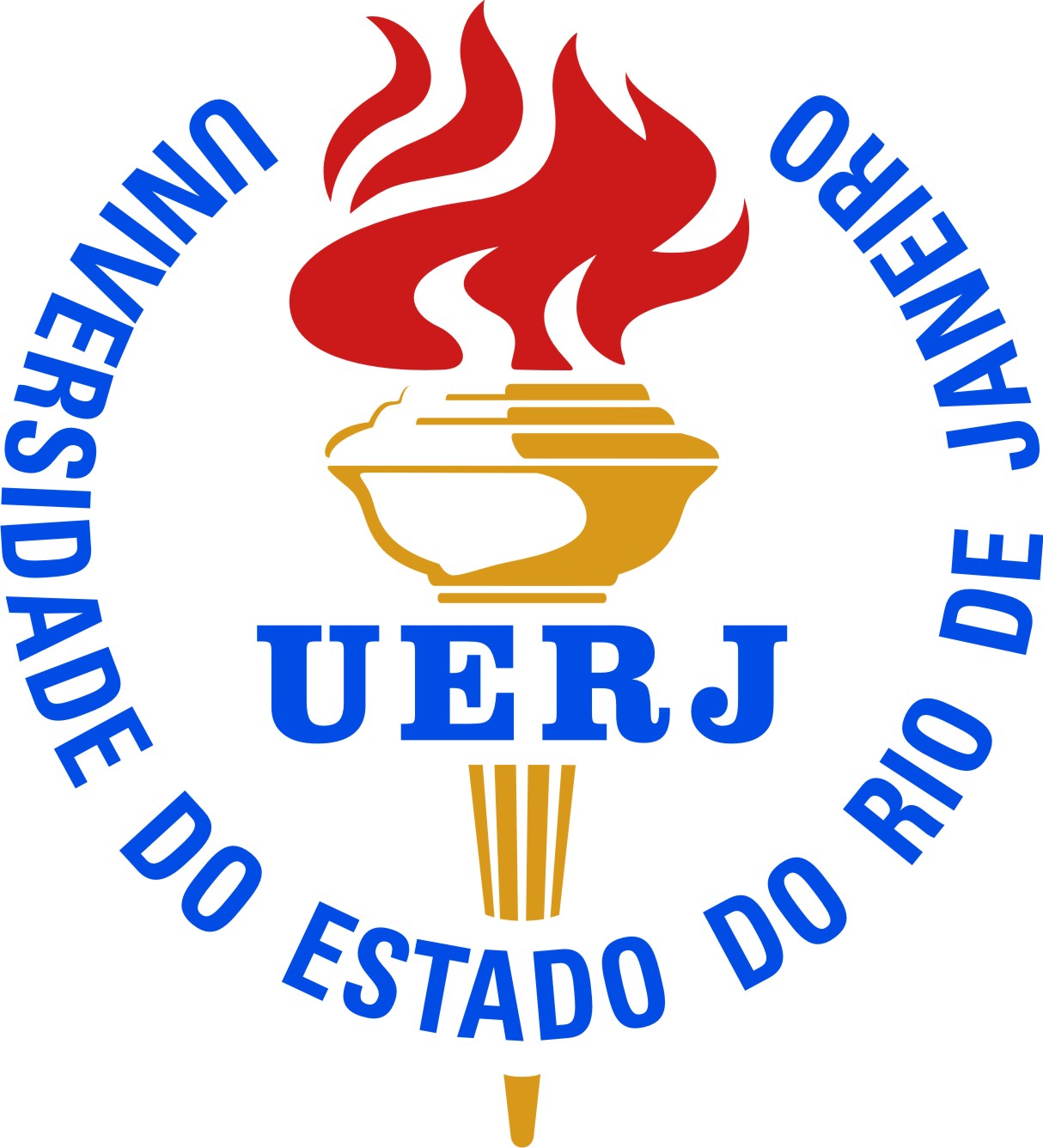- Rio de Janeiro State University
Infobox_University
name = Rio de Janeiro State University (Universidade do Estado do Rio de Janeiro)
established =December 4 ,1950
city = flagicon|BRARio de Janeiro
country =Brazil
type = Public
chancellor = Ricardo Vieiralves
vice_chancellor = Cristina Maioli
mascot =
website = [http://www.uerj.br http://www.uerj.br]
students = formatnum:23386
staff = formatnum:4174The Rio de Janeiro State University [http://www.uerj.br/modulos/hotsite/index.php?lang=en&pagina=35] (Portuguese: Universidade do Estado do Rio de Janeiro) is one of the largest universities in
Rio de Janeiro ,Brazil . ItsFaculty of Law (Faculdade de Direito) and itsMedical School are ranked by the Ministry of National Education the best graduation courses in Rio de Janeiro and Faculty of Law is amongst the top three in Brazil. UERJ's Superior School of Industrial Design (Escola Superior de Desenho Industrial or just ESDI) is considered one of the best design schools in the world.History
On
December 4 ,1950 the university was founded as a federal district university (UDF). Due to political shifts, the university experienced various name changes. In 1968 it became "Universidade do Rio de Janeiro – URJ". In 1961, after the federal district moved toBrasilia , the name became Guanabara State University (UEG). in 1975 the university received its current name.The university's first four schools were
Rio de Janeiro Faculty of Economic Sciences, Rio de Janeiro Law School, Faculty of Philosophy of the La Fayette Institute, and the Faculty of Medical Sciences. [http://www.uerj.br/modulos/hotsite/index.php?lang=en&pagina=35]Education
UERJ, nowadays, counts on, approximately, 23 thousand students. These alumni have at their disposal one of the biggest educational structures within the state, with 31 undergraduate courses, unfolded in different qualifications, education and bachelor courses. Also, the university boasts 40 postgraduate programs, divided into 38 master degree courses, two professional master degree courses and 23 doctorate degree courses. The institution offers 80 courses of lato sensu postgraduate in Humanities and Social Sciences, Biomedical Sciences, Mathematics, Computer Science and Natural Sciences.
In addition to that the University offers primary and secondary education in the Instituto de Aplicação Fernando Rodrigues da Silveira - CAp/UERJ to approximately one thousand students. This Unit serves as a teacher training center, being known for its high quality education, noticed in the great number of students admitted in many universities entrance examinations.
UERJ has ample infrastructure to support the academic and cultural qualification of its students, such as
auditoriums ,multimedia resources,computer andscience laboratories, besides different training centers. There is also a library network, Rede Sirius, composed by 21 libraries. The net offers more than one hundred thousand titles in different fields of knowledge, as well as some rare items,documents ,iconography and the archives of the university. As a complement to the learning process, UERJ offers training schemescholarships , including those of scientific and teacher training.The academic excellence of the faculty is another characteristic of this institution. UERJ is always stimulating the technical and scientific improvement of its teaching staff. Thus, the University develops programmes of Teaching as well as Institutional Qualification, such as the Prociência.
Health
UERJ offers the population of the state a vast structure of health assistance, with top services and highly qualified professionals, adding education and research to these services. This structure has been developed since the foundation of the institution, with the incorporation of the already existing units, as
Pedro Ernesto University Hospital (HUPE) andPiquet Carneiro Polyclinic (PPC), along with the creation of specialized centers.Hupe was integrated to UERJ in 1962 and has become a household name within the state of Rio de Janeiro, not only for its role of providing medical assistance to the local population, but also in terms of its teaching practice and scientific research. With 50 medical specialties, it offers about a thousand surgeries a month and more than 30 thousand monthly medical care procedures.
Besides Hupe, there are specialized centers created to support the specific public demands. Some of them are pioneer, as the Center for the Study of Teenagers Health (Nesa) and the Clinic for the Treatment of Pain, which combats chronic pain. There are also Center for Senior Citizens’ Care (Nai), Clinic for Hypertension Care (Clinex), Ricardo Montalban’s Outpatient Psychiatric Hospital, among others.
Moreover, Piquet Carneiro Polyclinic, a former Medical Care Center, integrates teaching and assistance at the University. Monthly, the Polyclinic is responsible for more than 15 thousand ambulatory and domiciliary appointments, counting on many medical specialties. In its Center for Minor Surgery, the medical teams execute surgeries of little complexity which needs no hospitalization.
The structure of health assistance at UERJ still counts on other centers that offer specialized assistance to the population, as the University Center for Cancer Control) created in partnership with the National Institute for Cancer and Petrobras (the Brazilian Oil Company).
In spite of all these actions, the site of the campus is still a problem of public health, as a preferred spot for
suicide s. Due to easiness of public access, lack of vigilance and tall buildings with wide windows and interconnected by free ramps, many suicidals choose the facilities to jump off. Nevertheless, the dean offices treat the subject as a taboo and do not publish statistics of such cases, allegedly in order to avoid further attempts. [ [http://www.overmundo.com.br/agenda/2-congresso-de-suicidologia 2nd Brazilian Congress of Suicide Studies] ]Graduation courses
Links
http://www.uerj.br - UERJ's Website
http://www.esdi.uerj.br - ESDI's Website
Wikimedia Foundation. 2010.
